- Your cart is empty
- Continue Shopping
Violence within healthcare environments presents a serious and persistent challenge, both in terms of prevention and response. Compared to other private industries, healthcare workers experience a rate of violence-related injuries and illnesses that is over three times higher. Alarmingly, nurses face violent incidents more frequently than even police officers.
Healthcare facilities span a wide range of settings—including hospitals, outpatient and primary care clinics, home-based services, hospice care, EMS teams, mobile medical units, and rehabilitation centers. What sets violence in healthcare apart is its direct impact on the safety and well-being of both patients and staff, ultimately threatening the quality of care delivered.
In several U.S. states, such as California, specific legislation has been enacted to address the growing concern of violence in healthcare. Additionally, federal and state workplace safety regulations require organizations to identify and mitigate risks related to workplace violence. OSHA has designated healthcare as one of the top three high-risk industries for violence and offers a comprehensive guide for preventing such incidents.
Violence in healthcare can take many forms and stem from various sources—patients under the influence, agitated family members, disgruntled visitors, or even confrontations between healthcare professionals themselves. Examples range from physical assaults in emergency departments to bullying among nursing staff or aggression from surgeons toward operating room colleagues.
This issue is not confined to the United States; it is a global phenomenon. According to the Bureau of Labor Statistics, in 2010 alone, there were approximately 11,370 reported assaults against healthcare and social assistance workers—a 13% increase from the prior year. Nearly 2,130 of these incidents took place in nursing and residential care settings. However, it is widely believed that a significant number of violent acts go unreported, raising questions about stigma, fear, or cultural norms that discourage speaking out.
Why Is This Important to You?
Healthcare environments are among the most violence-prone workplaces globally. The consequences of such violence extend beyond physical harm—they compromise the therapeutic nature of care settings and can endanger patients. Recognizing this, bodies such as The Joint Commission have emphasized the importance of addressing aggressive behavior among healthcare professionals that might jeopardize patient safety.
As a leader in your organization, you’re responsible for ensuring a safe workplace for your team and a secure healing space for your patients. This training session is designed to equip you with the knowledge and tools needed to create, implement, and maintain a violence prevention strategy that is comprehensive and compliant.
Have you considered what your response would be if a violent intruder entered your hospital? Scenarios like the active shooter incident in a Minnesota hospital are a grim reality. While not every case reaches such extremes, everyday acts of aggression can have lasting psychological and operational consequences.
Key Topics to Be Explored:
-
Defining workplace violence in the healthcare sector
-
Real-life examples of aggression in healthcare environments
-
An overview of laws and regulations relevant to workplace violence
-
The organizational and personal toll of violent incidents
-
How clinical, social, and occupational factors contribute to aggression
-
Ten practical tips for defusing confrontational situations
-
Root causes of violence in healthcare and their implications
-
Building and managing a violence prevention program guided by Joint Commission standards
-
Clarifying the roles and duties of all key stakeholders
-
Strategies for post-incident recovery and support for affected staff
Who Will Benefit from This Session?
-
Risk Management Directors
-
Safety Officers
-
Quality Assurance Leaders
-
Occupational Health Professionals
-
Nursing Executives (VPs and CNOs)
-
Legal Advisors to healthcare institutions
-
Chief Medical and Chief Operating Officers
Additional Information
| Session Type | Live, Recording, Transcript, Live + Recording, Transcript + Recording, Live + Transcript |
|---|

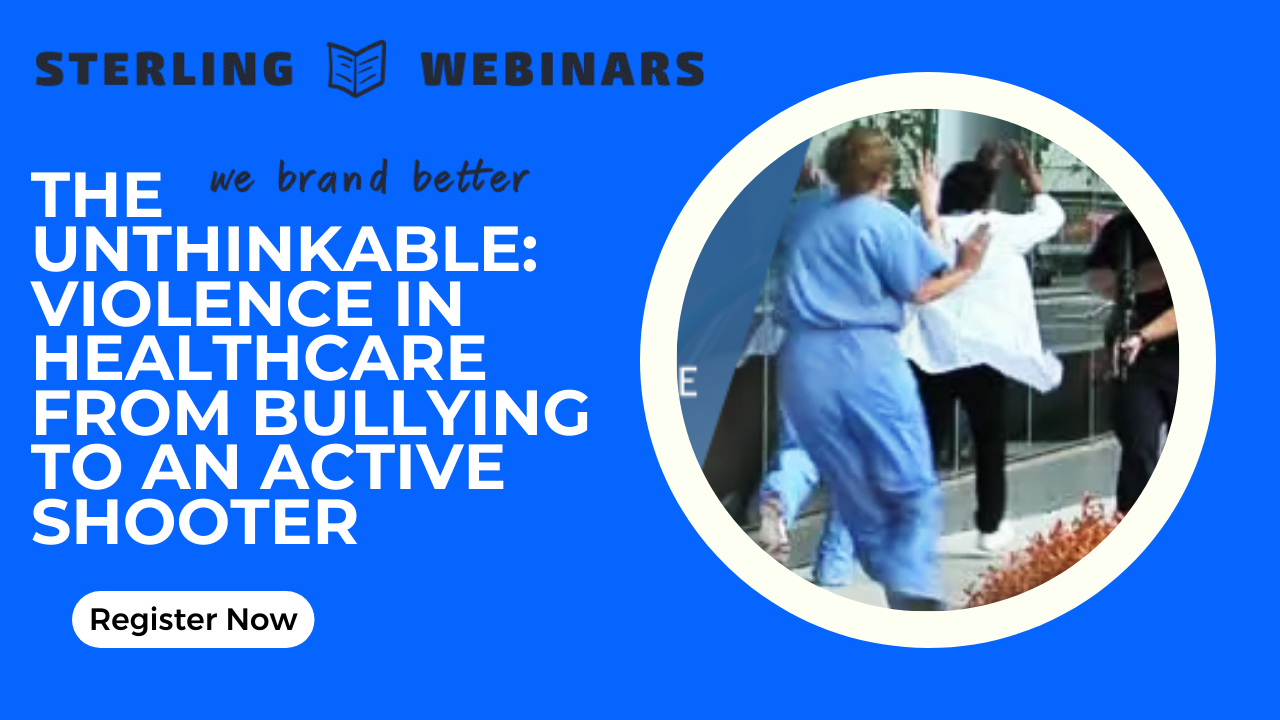
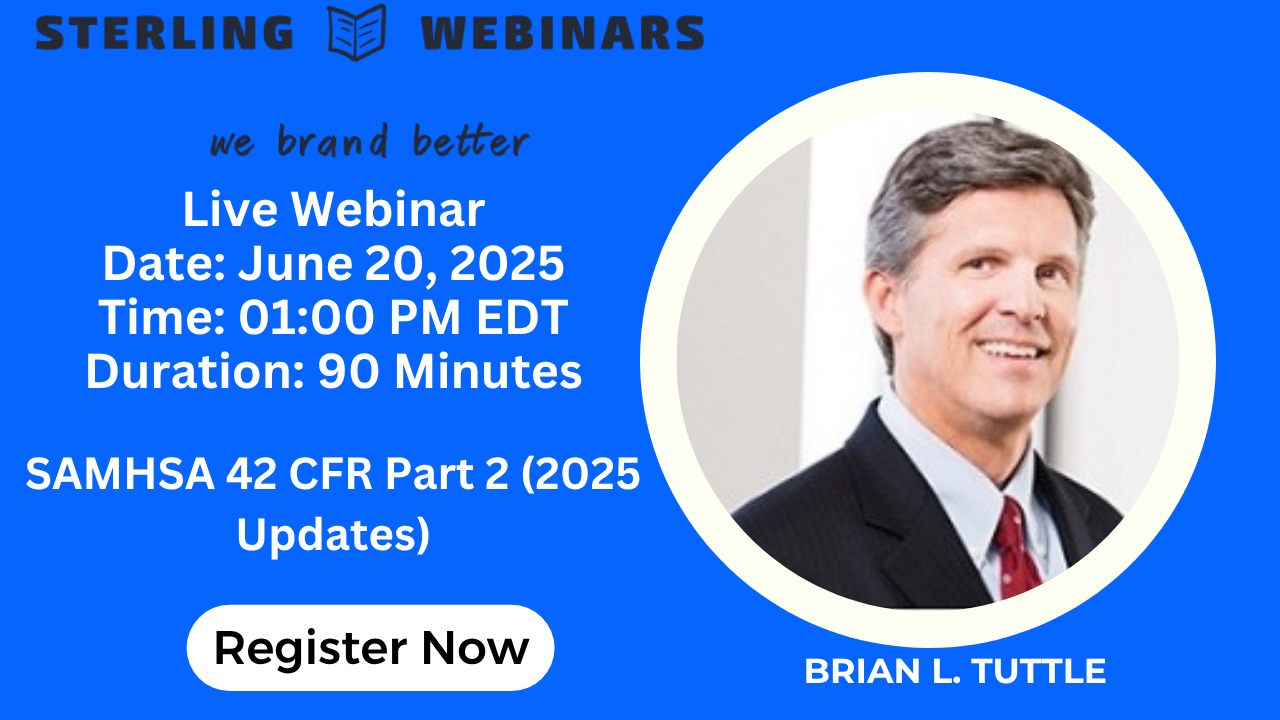
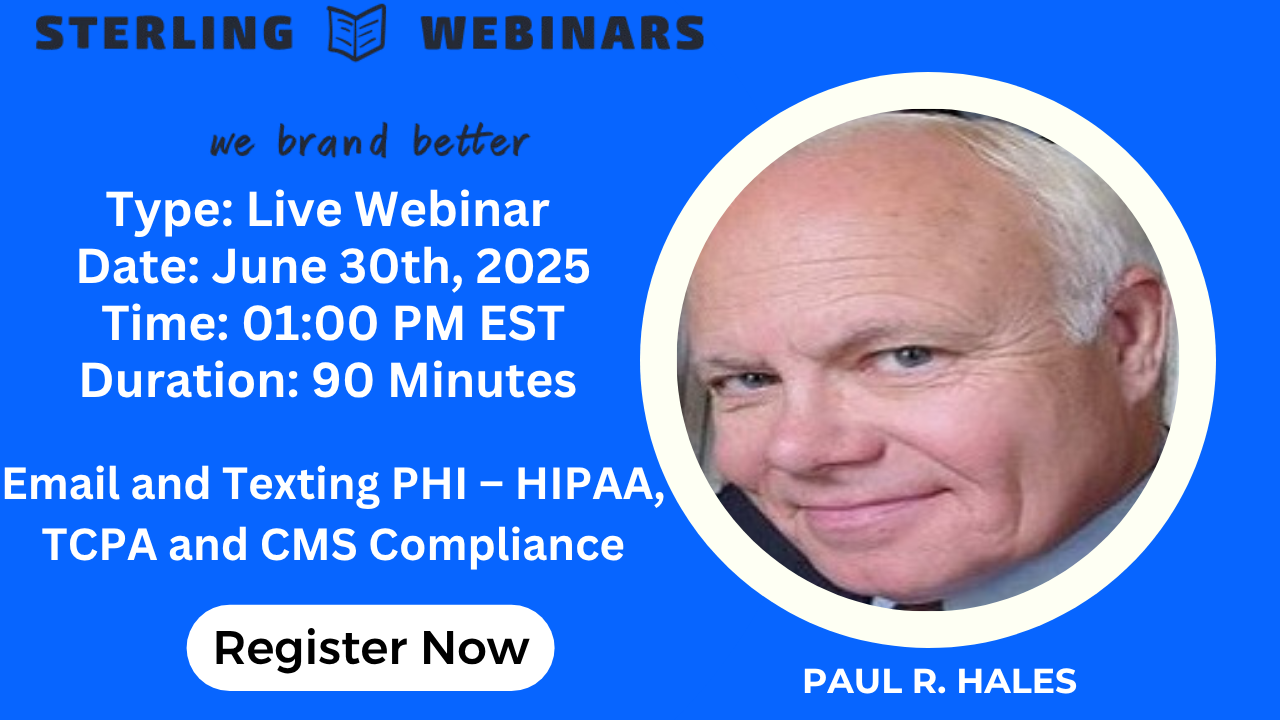
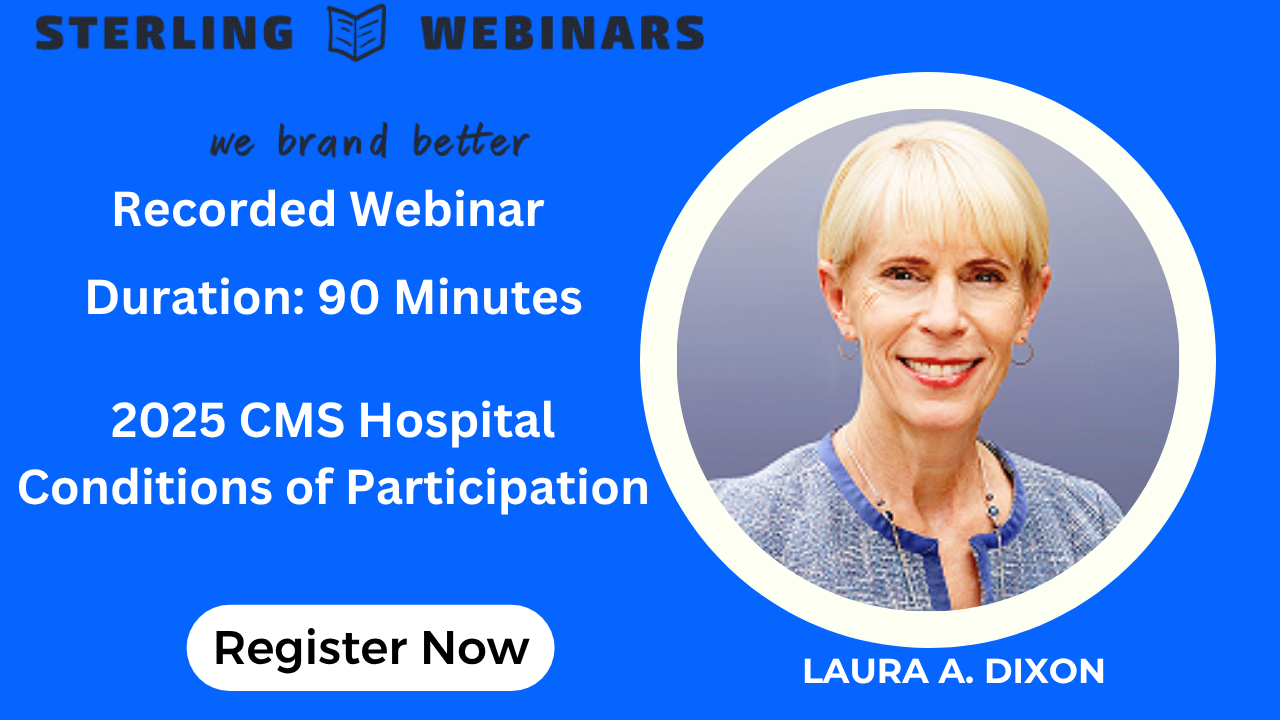
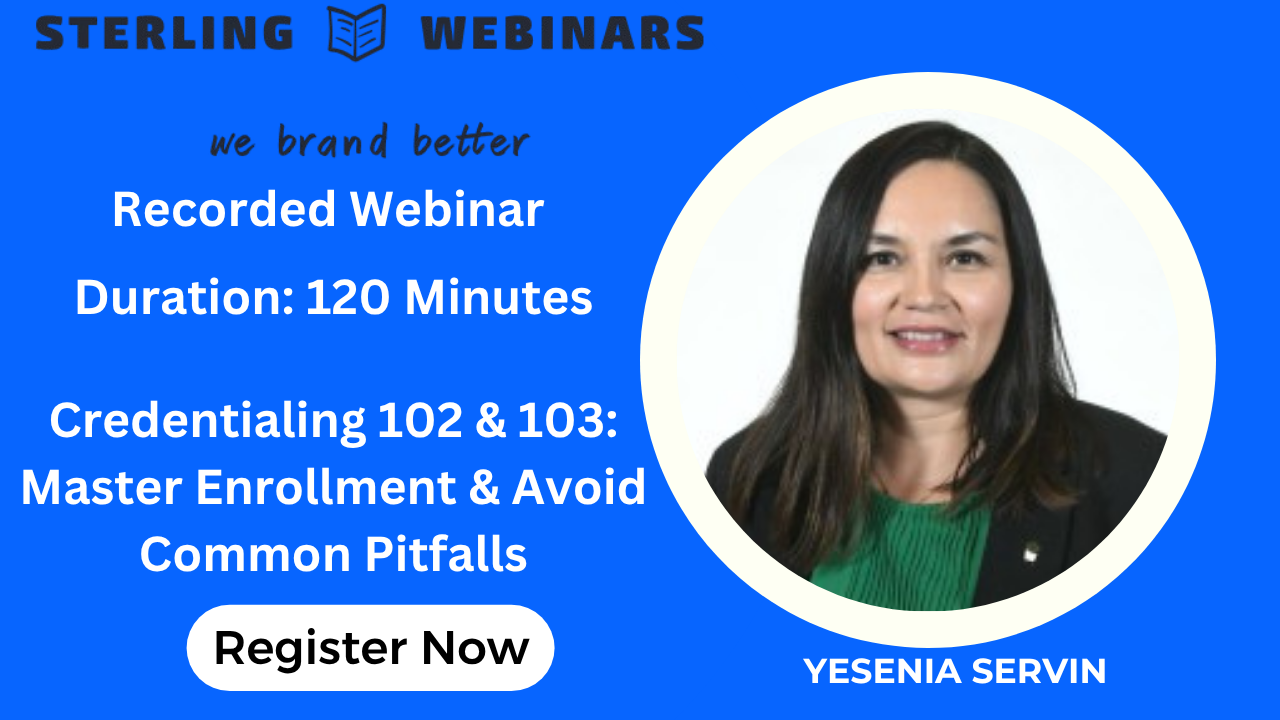




Reviews
There are no reviews yet.